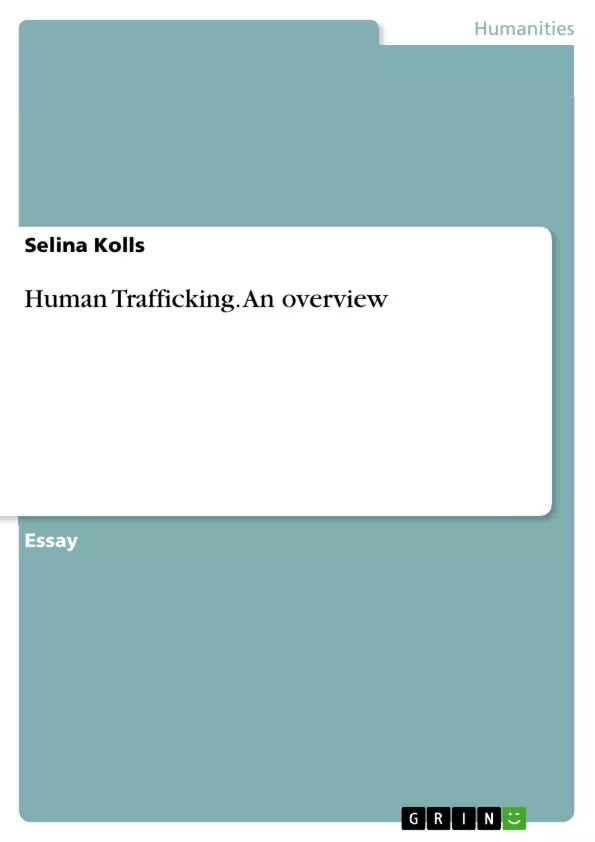Human trafficking can be defined as recruiting, transporting, transferring and harboring people against their will by the use of coercion for the purpose of forced labor, slavery, and prostitution. Human trafficking is a heinous multi-billion transnational trade and can be graded as second to international drug trafficking in reference to organized crimes. It is an expanding evil annihilating community and depriving of the naivety of the world’s youth. This practice is a version of slavery in the modern world.
To end human trafficking, various institutions in the society have to work together. They include individuals, community leaders, law enforcement officers and lawmakers. They should enforce existing laws against human trafficking, amend and come up with new and better laws. They should also assist survivors and victims’ by providing them with counseling for them to cope with life. Creation of awareness on the issue and human rights is also important. Governments should also eliminate the situations that lead to human trafficking.
Frequently asked questions
What is the main topic discussed in the text?
The text primarily discusses human trafficking, examining its causes, effects, and potential solutions. It delves into the complexities of the issue, including the debate surrounding prostitution, the impact of globalization, and the psychological and physiological effects on victims.
What does the text say about the connection between prostitution and human trafficking?
The text explores the controversial debate about whether prostitution fuels human trafficking or if it is purely a consequence of poverty. It highlights arguments both for and against the idea that legalizing prostitution exacerbates human trafficking by making it harder to distinguish between voluntary and forced prostitution, and potentially driving up demand for trafficked individuals.
How does globalization contribute to human trafficking, according to the text?
The text argues that globalization significantly contributes to human trafficking due to increased free trade, capital flow, and the ability to source cheap labor from around the world. It leads to the interaction of people and exchange of cultural values, leading to the spread of wrong values. It argues that the misuse of human rights have risen because labor became cheap due to globalization.
What are the effects of human trafficking on victims, as described in the text?
The text outlines various effects of human trafficking on victims, including psychological trauma, physical violence, emotional instability, loss of innocence (particularly for children), financial costs, slavery, emotional scars, increases in gang activities, administrative burden, and the degradation of morals and cultures in communities. Victims can also suffer from stress, depression, HIV/AIDS, and anxiety.
What solutions to human trafficking are suggested in the text?
The text suggests a multi-faceted approach to combating human trafficking. This includes enforcing existing laws, creating new and improved legislation, providing counseling and support to survivors, raising awareness about the issue and human rights, and addressing the underlying causes of human trafficking, such as poverty. It calls for coordinated efforts among individuals, community leaders, law enforcement, and lawmakers.
What historical context does the text provide for human trafficking?
The text mentions that human trafficking dates back to the 1980s, gaining public attention in the 1990s. It also references the creation of an international definition of human trafficking in 2000 to differentiate it from other illegal migrations, leading to the signing of a UN protocol to prevent and punish human traffickers. It also states that the history of human trafficking was started as a sexual sacrifice of the temple by ancient Babylon and Mesopotamia.
Who are some of the authors cited in the text?
Some of the authors cited in the text include Shelley (2010), McCarthy (2014), Bales (2005), Iñiguez de Heredia (2007), Hendry (2010), Kloer (2011), and Sanghera (2005).
- Citation du texte
- Selina Kolls (Auteur), 2016, Human Trafficking. An overview, Munich, GRIN Verlag, https://www.grin.com/document/337848



